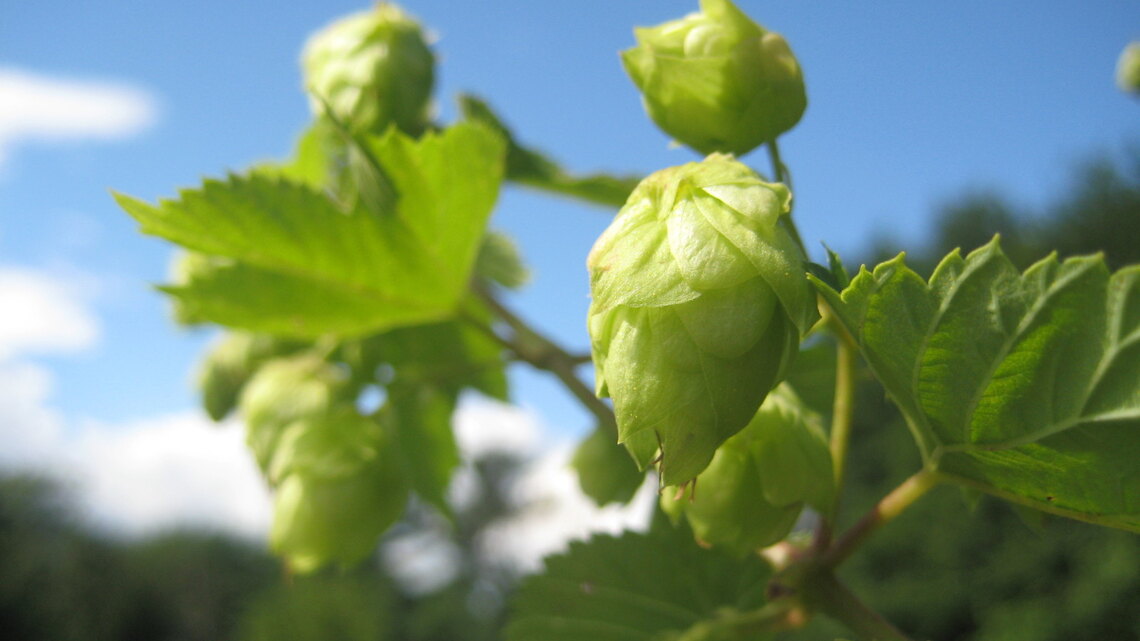The craft beer (r)evolution brought on by American breweries has initiated another exciting new trend in beer styles: the dry-hopped lager. The lager has been making a comeback for some time now, unsurprisingly perhaps, as beer lovers and brewers seem to be increasingly looking for alternatives to the extreme, experimental and sometimes adjunct-ridden beers that have been driving some of the beer trends. Dry-hopping was however undoubtedly connected to top-fermented beers, until the breakthrough of the IPL – India Pale Lager.
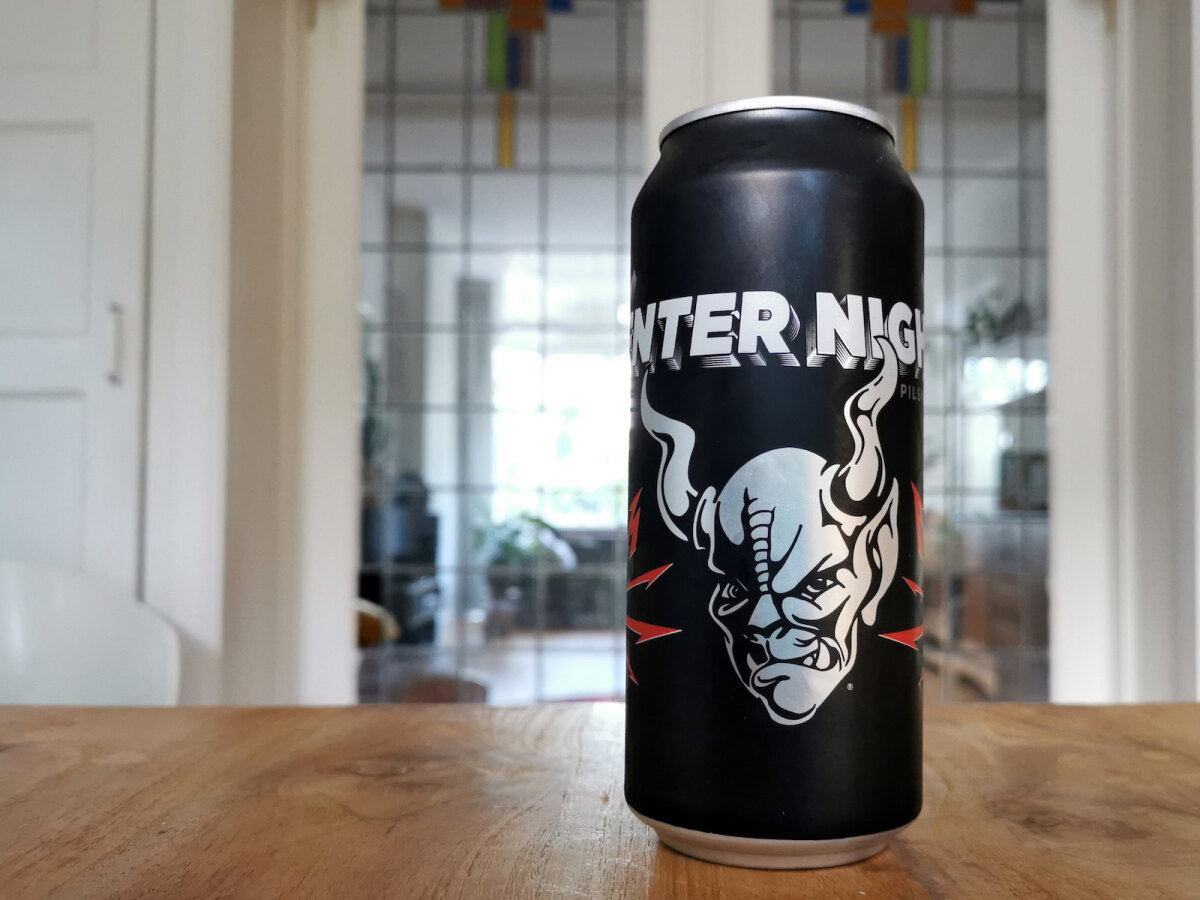
India Pale Lagers have been carving out a niche in the US for several years now, but only recently have hit the other side of the pond. Well-known American examples are Samuel Adams Double Agent IPL and Hill Farmstead’s Song of Joy. International versions include Mikkeller Hop Burn Low from Denmark and Nøgne O India Pale Lager from Norway.
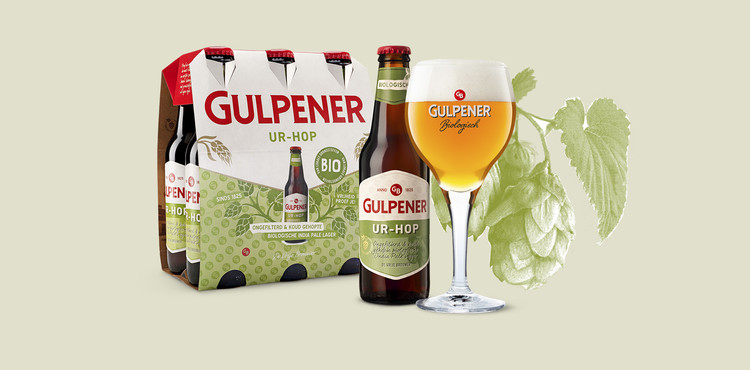
The first one in The Netherlands was possibly Gulpener's Ur-Hop, with several Dutch breweries following suit, such as Bavaria’s Intense India Pale Lager, Bombay (Bierverbond) and Noordtkaap (Kaapse Brouwers & Brouwerij Noordt).
Dry-hopping, nothing new under the sun?
Dry-hopping in itself is not a new technique. It was presumably first used in England in the 1600s. It then became standard for many beer styles, as it helped to prolong shelf life and in some cases conveniently masked mistakes. Cask bitter in the UK is still usually dry-hopped, though in the rest of the world it lost its appeal until relatively recently when American craft brewers revived its popularity.
Dry-hopping lagers I assumed was a new thing, until I learned in a BarthHaas webinar (a leading global supplier in hop products) that there is evidence of dry-hopping lagers in Germany in the 19th century, though it is not clear if this was done on a large scale. Officially it wasn’t even Reinheitsgebot compliant until 2012. Probably nobody thought dry-hopping was doable with a lager. But they wouldn’t be craft brewers if they didn’t bend the rules!
Since then, following America’s lead, there has been quite some joyful dry-hopping in Germany. The first modern dry-hopped lager was introduced there in 2013 - Prototyp by Kehrwieder Kreativbrauerei.
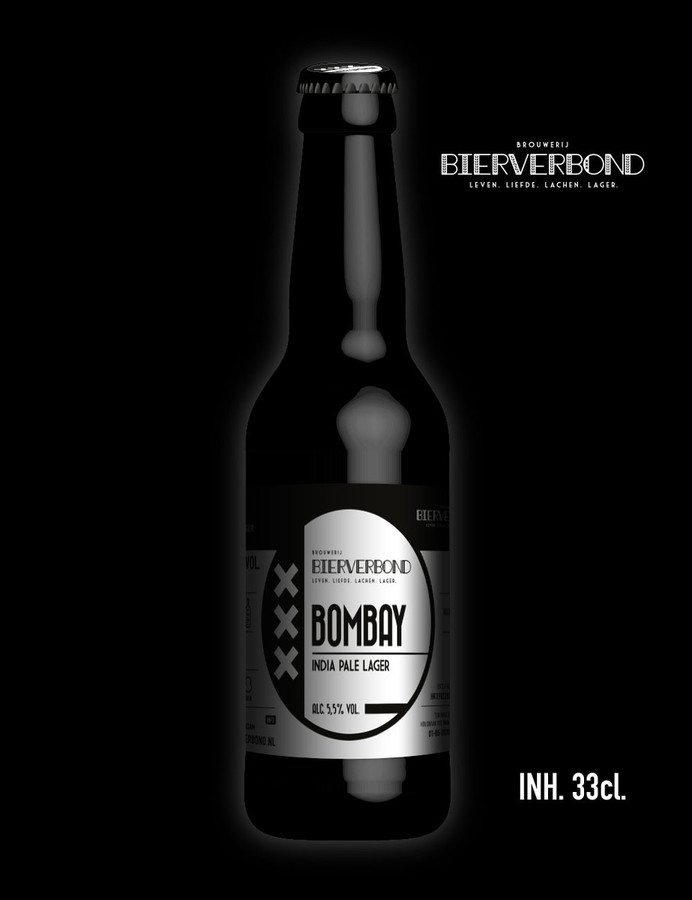
What is dry-hopping?
Dry-hopping refers to adding hops post-boil to the primary or secondary fermentation, which bring aromatic and flavor characteristics to the beer that cannot be achieved in the kettle. Because it is performed after the brewing process, it is sometimes referred to as “cold-hopping”.
The beer casks shipped to the Far East were generously dry-hopped before their long sea voyage (and before the term India Pale Ale was coined, they were simply known as Pale Ales). A generally accepted fact is that Anchor Brewing was the first to use dry-hopping in a modern American ale, their flagship Liberty Ale.
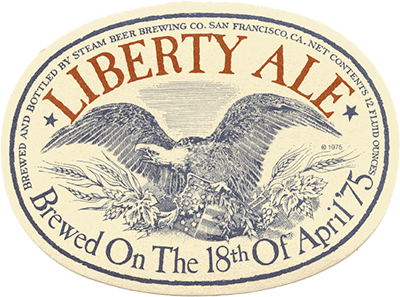 |
Why dry-hop a lager?
Good question! One that is on the minds of many brewers I would imagine as there seem to be a few cons to the pros. My brain cannot quite handle the ultra-technical side of the story, so I will happily stick to the kindergarten version.
Dry-hopping means adding an extra step in the production process, which always adds the chance of an element the brewer takes great measure to avoid: the risk of oxidation. It can be resolved with expensive dry-hopping equipment, but not every brewer has a bunch of money to throw around.
Then there is of course the fact that dry-hopping requires a sizeable amount of hops, especially if you are less frugal like American breweries. Recycling hops may be the answer. Research at Oregon State University on multiple lots of Amarillo, Cascade, and Centennial hops showed that overall, spent dry hops retained 77% of alpha acids and 51% of total oil. Something worth considering.
There is also the risk of a spike in diacetyl (a buttery off-flavor), so if you’re really turned on by the biochemical facts I can recommend Scott Janish’s book 'The New IPA: Scientific Guide to Hop Aroma and Flavor'.
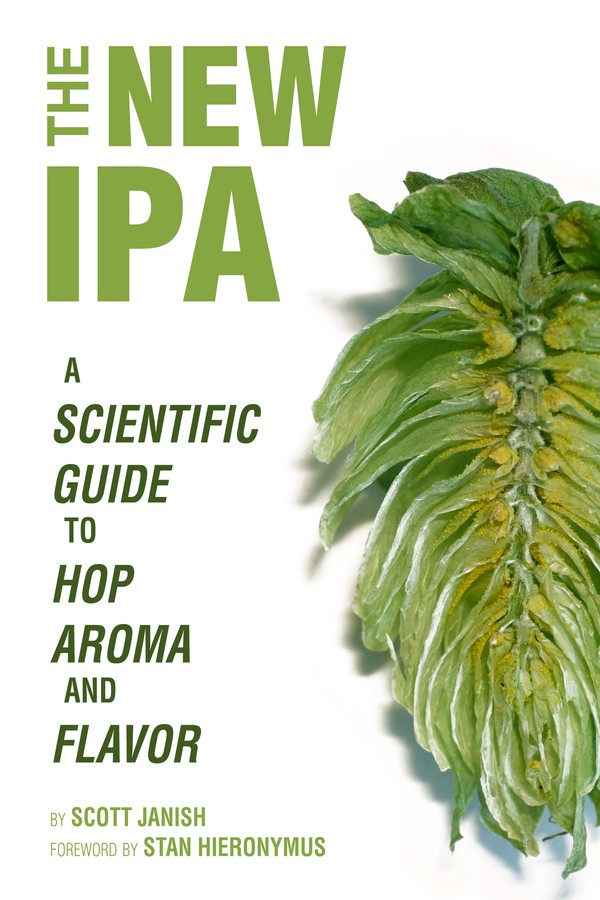
Let’s move on to the pros. The most important – and maybe the only reason – to dry-hop is that it adds more flavor and aroma to your beer! I would say that is a pretty solid upside. That would apply even more so to lagers as it brightens up the hop character, though some may argue it doesn’t fit the lager styles.
Good dry-hopping results can also be achieved relatively quickly. In Janish’s book he mentions studies that indicate that “dry hop extraction times are much quicker than most of us originally thought. Even at colder temperatures of 1°C-4°C, extraction could still occur in less than three days”.
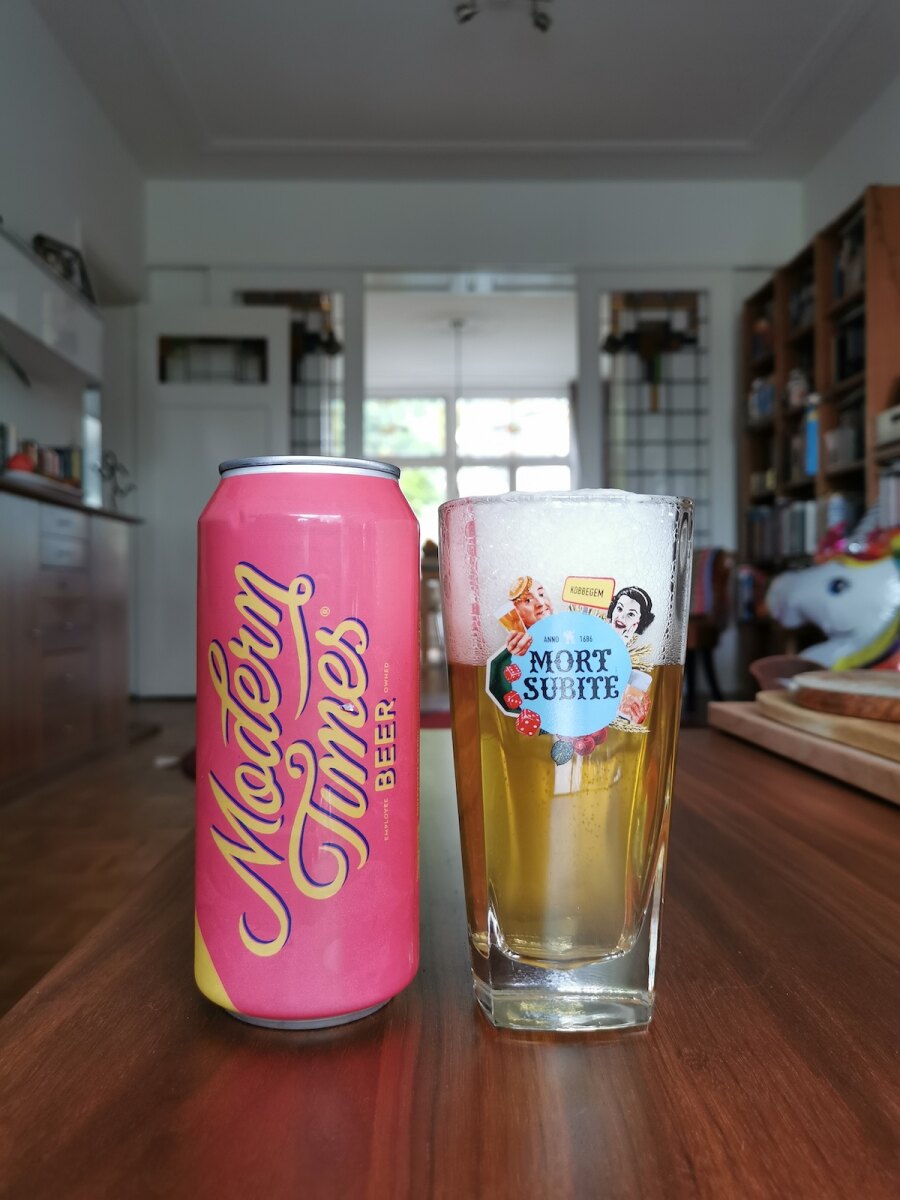
Another thing I learned from the BarthHaas experts is that you can use every variety for every objective and not to “put them in a corner too quickly”, pretty much meaning endless options to play around with. You can even Foeder-age it, like Modern Times did with its ICE Pilsner! It seems like a perfect marriage for a both sessionable and flavorful beer. All I can conclude from all this is that dry-hopped lagers are here to stay.
Author: Tina Rogers
Picture credits (from top to bottom):
- Banner picture: Cascade hops in the sun (Picture by Michael Styne , CC BY-SA 2.0)
- Enter Night, a dry-hopped Pilsner by Stone Brewing & Metallica (Picture by Tina Rogers)
- Gulpener UR-Hop (Image by Gulpener)
- Bombay India Pale Lager by Brouwerij Bierverbond (Image by Brouwerij Bierverbond)
- Original label Liberty Ale by Anchor Brewing (Picture by Anchor Brewing)
- Cover of 'The New IPA' by Scott Janish
- Modern Times ICE Foeder-aged Pisner dry-hopped with Perle (Picture by Tina Rogers)
Updated: 15-06-2024
